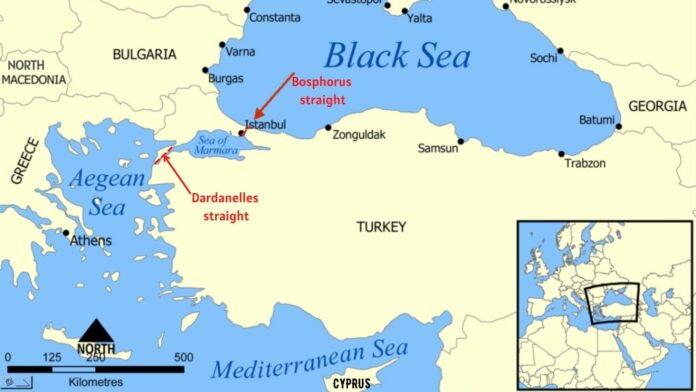The Turkish Straits are some of the busiest waterways in the world. They are the only waterway connection between the Black Sea and the Mediterranean Sea and more than 3% of the global oil supply passes through them.
On average, 50,000 vessels per year transit through the Bosphorus straight and the Çanakkale Strait (also referred to as the Dardanelles), or approximately 130 vessels per day, with around 20% being oil tankers or gas carriers. The average size of vessels and cargo carried has steadily increased and, therefore, so has the overall level of risk.
The Turkish Straits present a unique navigational challenge. To help the development of company risk assessments for companies operating in this area, OCIMF has updated the Guidelines for Transiting the Turkish Straits (published in 2007) and provided additional guidance. This information paper considers new and updated regulations and traffic systems, outlines risks of, and recommendations for, transiting the Turkish Straits to safety of navigation.
OCIMF Managing Director Robert Drysdale said, “It’s difficult to imagine a more congested stretch of water with the potential to cause serious environmental impact in the event of an incident. Preparation and implementation of a robust transit plan is critical for the Turkish Straits. These updated guidelines will provide some assistance to operators in planning their transit.”
www.MaritimeCyprus.com
Click below to download the Guide:
https://www.maritimecyprus.com/wp-content/uploads/2021/03/OCIMFguidelines-for-transiting-the-turkish-straits.pdf


